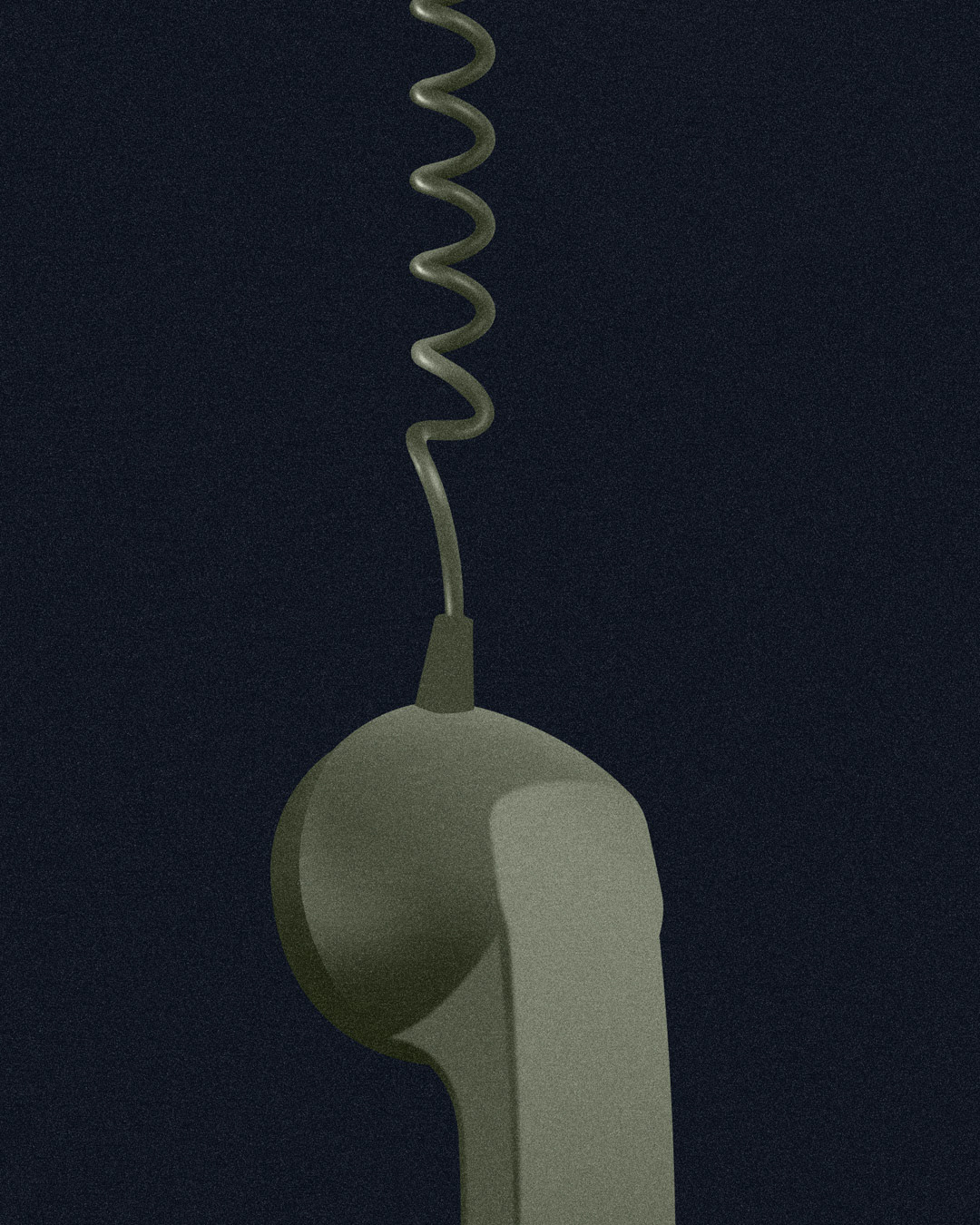When the Edmonton Journal first reported an incident inside Edmonton Institution, a maximum-security federal prison in Alberta that sent two prisoners to hospital on Jan. 8, 2022, there was no mention of a shooting. But about five days later, lawyers, advocacy groups, and journalists started hearing a different story.
Accounts from multiple prisoners — collected by their lawyer — indicated that after a fight broke out between two prisoners, correctional officers fired their weapons, allegedly as “warning shots,” which resulted in injury to a third incarcerated person who was not involved in the fight. The Alberta Prison Justice Society, an organization which provides advocacy services in Alberta, was told by people in the prison that guards shot their guns as their first response, and that one of the “warning shots” pierced a door, injuring a prisoner on the other side. The APJS was also told that on Jan. 9, one day after the fight, welders and painters arrived at the unit and quickly fixed the damage.
On Jan. 13, 2022, a statement was finally posted to Correctional Service Canada’s website confirming that a “physical altercation took place,” but there was no mention of injury to the third prisoner. VICE news reported that CSC had refused to confirm that shots had even been fired until after “repeated questioning.”
While Edmonton Institution may be one of Canada’s most notorious prisons (a 2019 report from the Office of the Correctional Investigator has pegged the facility as having some of the highest number of prisoner-on-prisoner assaults and uses of force, the COVID-19 omicron variant worsened existing prison conditions, fuelling staff shortages, cancelling programs and visits with family, as well as causing lockdowns in the prison. The intense isolation has caused prisoner mental health to deteriorate and tensions to run high. But this incident is also indicative of the struggle over what information journalists and the public can learn about what happens behind prison walls, including documenting the effects of the pandemic on the vulnerable populations housed in correctional facilities across the country.
Continue reading this story at the Canada Press Freedom Project.

